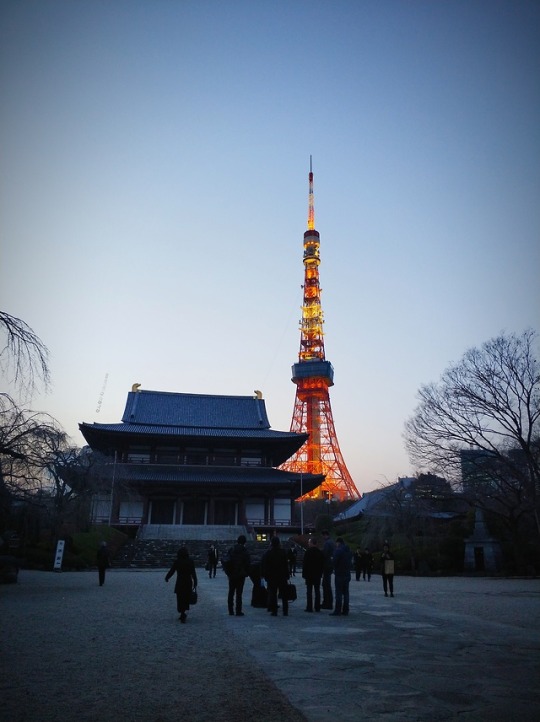#jpnblr
Text
Let's read kana!
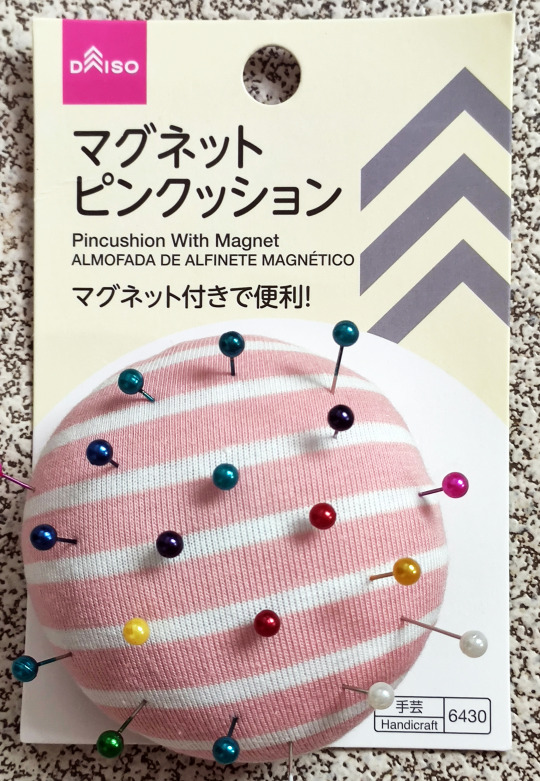
Let's read kana from this pincushion from Daiso!

マグネット ピンクッション
magune(t)to pinku(s)shyon
Magnetic Pincushion

マグネット 付き で 便利!
magune(t)to tsuki de benri!
It's convenient with a magnet!
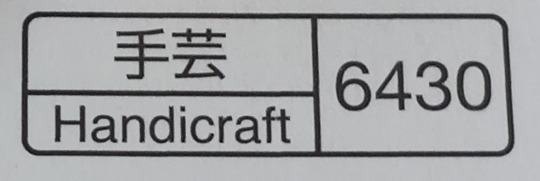
手芸
手 Shu (hand) 芸 gei (technique, art)
Handicraft
#langblr#japanese#language learning#japanese language#jpnblr#learning japanese#Let's read kana#japanese learning#katakana#japanese kanji
75 notes
·
View notes
Text
reading demon slayer: chapter 8 name breakdown
in this chapter, there are no names of people or places or weapons to go over. instead, we will be covering the demon slayer ranking system, which is introduced by kiriya (the black-haired twin at final selection). from highest to lowest, demon slayers are ranked as follows:
甲・乙・丙・丁・戊・己・庚・辛・壬・癸
which in english simply translates to first, second, third, fourth, fifth, sixth, seventh, eighth, ninth, and tenth in rank. the official english version chose to transliterate these names instead of translating them.
there is another layer to these names beyond their usage as ordinal numbers, however. the set of characters used here are a part of the traditional chinese calendar system known as the heavenly stems. the heavenly stems are used in combination with the earthly branches, an ordering system related to the chinese zodiac, to form a 60-year calendar cycle.
you might protest that there are 10 stems and 12 zodiac signs, which multiplies to 120, not 60. it's better to think of the stems as 5 pairs (you'll see why below), and 5 times 12 is indeed 60.
so what do the stems represent? well, each stem has its own alignment to a few basic concepts of traditional chinese philosophy--yin and yang, the five elements*, and the cardinal directions. the five elements are wood, fire, earth, metal, and water. each element is associated with a cardinal direction--wood is east, fire is south, earth is middle, metal is west, and water is north. here's how it all works out:
甲 (きのえ) - yang, wood, east
乙 (きのと) - yin, wood, east
丙 (ひのえ) - yang, fire, south
丁 (ひのと) - yin, fire, south
戊 (つちのえ) - yang, earth, middle
己 (つちのと) - yin, earth, middle
庚 (かのえ) - yang, metal, west
辛 (かのと) - yin, metal, west
壬 (みずのえ) - yang, water, north
癸 (みずのと) - yin, water, north
as you can see, the stems are 5 yin-yang pairs, one for each of the five elements/cardinal directions. this is where the names for the stems in japanese come from, and these are the names you're probably familiar with from reading or watching demon slayer in english. the first part of the name is the native japanese pronunciation for the associated element: き, like 木, for wood; ひ, like 火, for fire; つち, like 土, for earth; か, like 金, for metal; and みず, like 水, for water. next is の, which connects the first part to the last, and the last part is either え or と--え like in 上, meaning older, and と like in 弟 or 乙, meaning younger.
like i said earlier, these names really have no bearing on how they're used in demon slayer (i.e. as ordinal numbers). the demon slayer ranks are straightforwardly named first through tenth. the heavenly stem names and meanings do not need to be taken into account at all. i just thought it was something interesting to talk about :)
that's all i have for this chapter's name breakdown. it's a bit of a long one, so thank you very much to anyone who read this far! if you're interested in chinese philosophy or astrology, i recommend doing that research on your own, because i'm already a bit out of my depth just summarizing the basics. thanks again for reading, and please look forward to the next posts! 読んでくれてありがとう!次の投稿を楽しみにしてください!
*"five elements" is a bit of a misnomer, since they're not really equivalent to the four elements of western philosophy. it's the most well-known term for them, though, so that's what i went with.
13 notes
·
View notes
Text

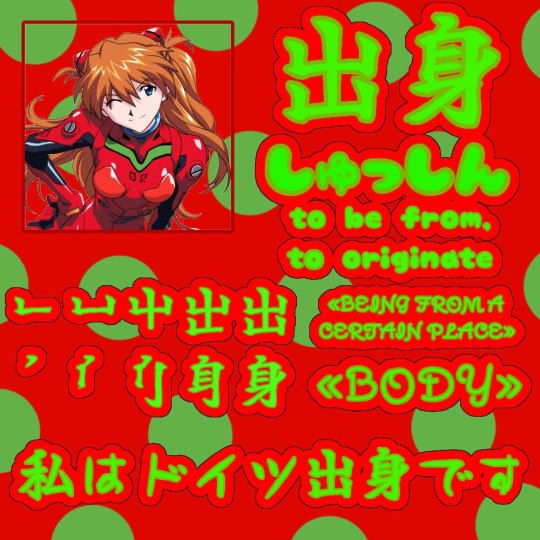
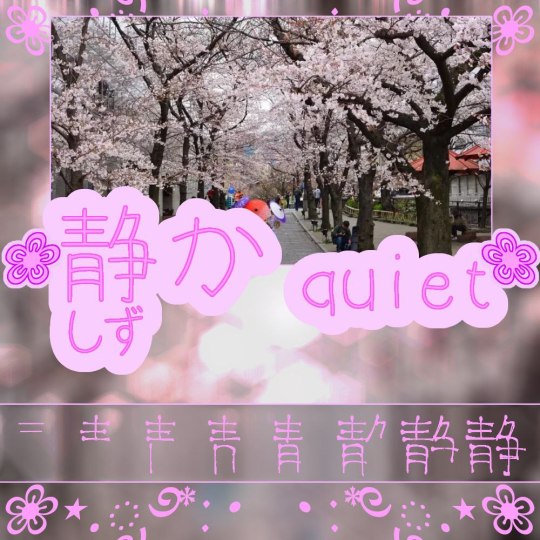


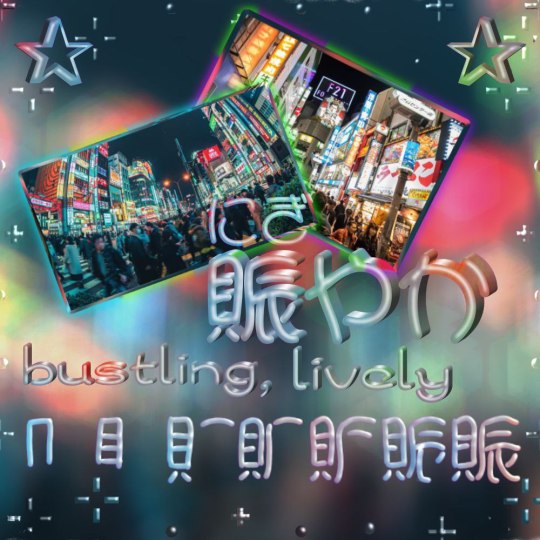
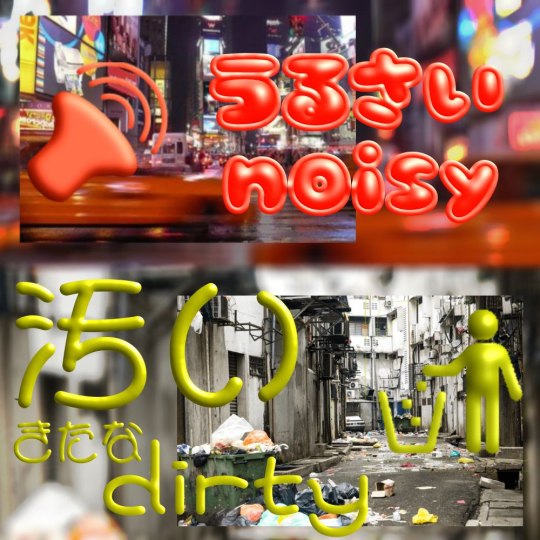


⠀ ✰
グレブ・カミシュ
と
日本語:
ナビゲーション
⠀ ✰
youtube
#2000s#frutiger eco#japanese culture#日本語#日本#japanese learning#japanese language#2000s aesthetic#y2k style#y2kcore#japanese langblr#japanese landscape#my art#digital art#artwork#artists on tumblr#illustration#2000s style#y2k aesthetic#frutiger aero#art#kanji#sakura#langblr#jpnblr#learn japanese#katakana#hiragana#3d art#made in ibis paint
4 notes
·
View notes
Text
Do any of you have tips for keeping yourself motivated to study your language? Anything you can suggest would be a great help, not only to me, but a lot of others, I’m sure!
7 notes
·
View notes
Text
me, at literally any point in time: can i pls codeswitch and be understood rn??
2 notes
·
View notes
Text
タイトルがない
パーティーに行かなかった、うちに日本語を勉強しに帰りたかったから。
***
I didn't go to the party, because I wanted to go back home and study Japanese.
***
#Practice of the Vに帰る、Vに行く、Vに来る
#langblr#日本語#nihonblr#nihongo#japanblr#japanese#jpn#japan#english#french#jpnblr#nihon#renshuu#studyblr#vocab#vocabulary#日記
6 notes
·
View notes
Photo

On the way to 大洗。 君たち、トイレを綺麗に使ってもらわないと困るよ
70 notes
·
View notes
Text
Kanji Lesson 1 - Numbers

Chapter 1
一 ª いち ª One
二 ª に ª Two
三 ª さん ª Three
四 ª よん・し ª Four
五 ª ご ª Five
六 ª ろく ª Six
七 ª しち・なな ª Seven
八 ª はち ª Eight
九 ª きゅう・く ª Nine
十 ª じゅう ª Ten
百 ª ひゃく ª Hundred
千 ª せん ª Thousand
万 ª まん ª Ten thousand
円 ª えん ª Yen
口 ª くち ª Mouth
目 ª め ª Eye
#kanji#lesson 1#genki#numbers#haxilla#study#studyblr#japan#japanblr#japaneseblr#jpnblr#japanese studies#lang#langblr#language#languageblr#uni#univeristy#study notes#mildliners#washi tape
22 notes
·
View notes
Text
how many words do you learn a day/week?
a mistake i’ve been making lately is not learning much vocabulary, and focusing mostly on grammar. so i realized that i need to switch things up and actually learn words to implement into everything i’ve learned so far, and hopefully progress even faster.
so i want to know, how many words do you learn a day? or if you don’t learn a word everyday or don’t have a set goal, roughly how many words do you learn per week?
also as a bonus: do you like to focus more on nouns, adjectives, or verbs? or a healthy mix?
#japanese#japanese blog#japaneseblr#jpnblr#jpn#langblr#foreign language#language blog#language learning
5 notes
·
View notes
Text
🍉 あいさつ 🍉
Some basic greetings you can utilize!
おはよう [Ohayoo] - Good Morning
おはようございます [Ohayoo Gozaimasu] - Good Morning. (polite/formal)
こんにちは [Konnichiwa] - Good Afternoon.
こんばんは [Konbanwa] - Good Evening.
さようなら[Sayoonara] - Good Bye.
おやすみなさい [Oyasuminasai] - Good Night.
ありがとう [Arigatoo] - Thank You.
ありがとうございます [Arigatoo Gozaimasu] - Thank you. (polite/formal)
すみません [Summimasen] - Excuse Me; I’m sorry.
いいえ [Iie] - No; Not at all
いってきます [Ittekimasu] - I’ll go and come back.
いってらっしゃい [Ittterashai] - Please go and come back.
ただいま [Tadaima] - I’m home.
おかえりなさい [Okarinasai] - Welcome home.
いただきます [Itadakimasu] - Thank you for the meal.
ごちそうさまでした [Gochisoosamadeshita] - Thank you for the meal (after eating)
はじめました [Hajimemashita] - How do you do?
よろしくおねがいします [Yoroshiku Onegaishimasu] - Nice to meet you.
#japanese#japanese vocab#learning japanese#learning#vocabulary#japanese vocabulary#japan greetings#jpn greetings#jpn language#jpnblr#jpn#jp#langblr#studyblr#studyblr language#studyblr japan#japanese langblr#greetings langblr#greetings1
9 notes
·
View notes
Text
こ日は、 私はジョシせう。 私はヅオリンゴで日本語をべんきょします。 私はとてみわるい、でも私はとだちが好きです。 私たちは日ほん語はなします。私は 大学で二セメスタをとりました。わたしは ヅオリンゴもします。わたしをはにします、おねがいしあます!!=)
3 notes
·
View notes
Text
Let's read Kana!

Let’s read kana from this cookie box!
ガンバレ ♡
ga n ba re ♡
Keep it up!
"Ganbare" is a super popular expression that can be easily found in games, anime and manga. You use "ganbare!" when you want to motivate someone to do or to persist in something.
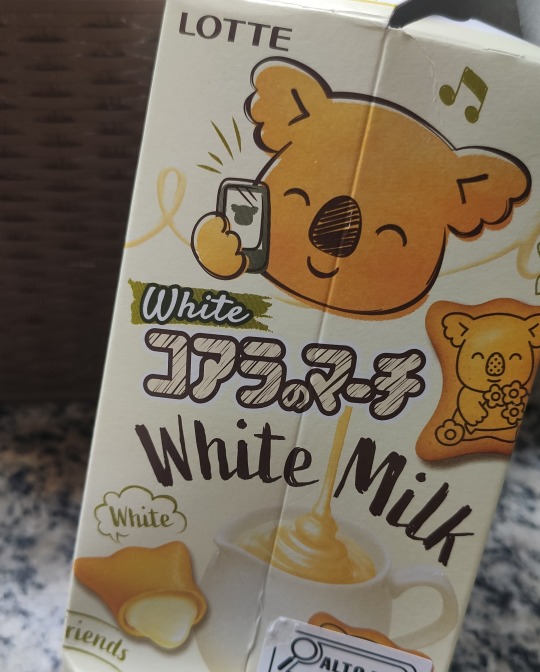
コアラのマーチ
koara no ma(a)chi
Koala's March
The "の" (no) particle is often used like an indicator of possession. Koala's March is the name of this brand (it's super delicious!)
#Let's read kana#japanese language#japanese vocabulary#langblr#language learning#jpnblr#japanese learning#learning japanese
16 notes
·
View notes
Text
reading demon slayer: chapter 16 name breakdown
the last chapter of volume 2 has 2 names--how fitting. i don't believe the other demons that tanjirou has fought up to this point have had names, so this is a special occasion!
first we are given the name of the male demon,
矢琶羽
read as やはば. 矢 (や) means arrow, obviously a nod to yahaba's blood demon art. 琶 (は) is mostly found in words relating to the 琵琶 (びわ), which is a type of japanese string instrument. i think the inclusion of this kanji is a reference to the 琵琶法師 (びわほうし) of old. they were street performers, often blind, who played the biwa and recited poetry to make money. they also frequently dressed in buddhist garb.
yahaba isn't blind, per se, since his eyes are usually just on his hands, but he certainly looks the part. and his chunky necklace reminds me of buddhist mala, or prayer beads. many websites say yahaba's necklace is just a pearl necklace. however, i have not found a source to back up that claim, so i think i can speculate here.
i will note that mala usually have 108 beads, and yahaba's necklace is never pictured with more than 10 beads. but sometimes mala can be smaller. these smaller versions typically use factors of 108 as the total number of beads, and a factor of 108 is 12. with this knowledge i believe it is safe to assume that yahaba's necklace is meant to have 12 beads (perhaps plus one more, the mother bead) and the remaining beads are simply not drawn because they are obscured by his neck.
a 12-bead necklace would also be symbolic of the twelve demon moons, of which yahaba and susamaru claim to be members. if there is indeed a 13th mother bead, that could symbolise kibutsuji himself, as the father of all demons. but i digress.
the third character in yahaba's name, 羽 (ば), can mean feather or wing. it is also used as a counter for certain small animals (e.g. birds and rabbits). when paired with 矢, as in 矢羽 (やばね), we get a word meaning arrow feathers. this is probably the reference the author intended to make.
unfortunately yahaba's name doesn't make a neat sentence or phrase, but it does convey his powers and has a historical reference, so that's cool too.
after yahaba, we are given the name of the female demon,
朱紗丸
read as すさまる. you might already recognize the third kanji, but hold on! we'll get there in a minute. the first character 朱 (す) generally means red. it can specifically refer to a cinnabar, vermilion, or scarlet color. susamaru's orange eyes, kimono, and red-orange tipped hair reflect this part of her name.
紗 (さ) means silk gauze, and shows up in words regarding delicate fabrics like silk or gauze. it is also used as ateji in words about thicker fabrics like felt, chintz, and wool. 丸 (まる) means circle. if you recognized it from the start, nice! traditional temari are said to be made of fabric scraps from kimono and other household items, so a temari could be thought of as a fabric ball--a 紗丸.
that means susamaru's name is literally scarlet fabric ball. and i mean, her temari do have red on them. her and yahaba's names are very similar in that they both allude to their powers and parts of their designs. i expect we'll see this pattern repeated in the naming of future demons, but i may be surprised.
i believe that's all for this chapter's name breakdown! i especially enjoyed researching and writing the part about yahaba's necklace. i hope you did too. thanks for reading, and please look forward to the next posts! 読んでくれてありがとう!次の投稿を楽しみにしてください!
3 notes
·
View notes
Text
jan 21, 2018
DAILY VOCAB
お箸 (おはし) - chopsticks
すし - sushi
フォーク - fork
ナイフ - knife
半分 (はんぶん)- half
本当 (ほんとう) - truth/truly
1 note
·
View note
Text
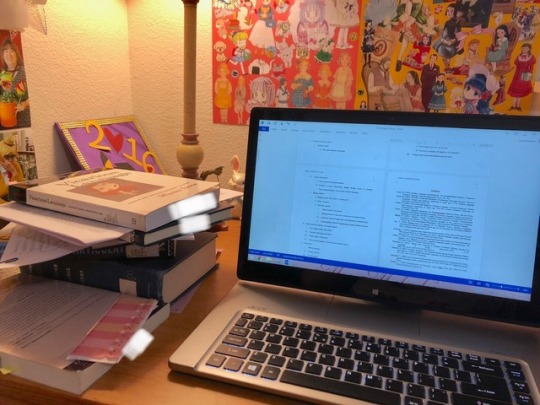
there’s a minimum requirement of five sources for undergrads for this end of term paper... and i somehow have amassed twelve.
ngl im kinda banking on filling the 8 page requirement with the sheer amount of info......
ive legit been working all weekend doing additional research and putting in the required subcategories to my outline. and writing and rewriting citations.
peer review tomorrow! 頑張る!٩( 'o' )و
#studyblrs get real#:|#doing research on burikko makes me realize ive somehow picked it up from the media#and im glad i dont use it in front of other people lol#jpnblr#nihonblr
4 notes
·
View notes
